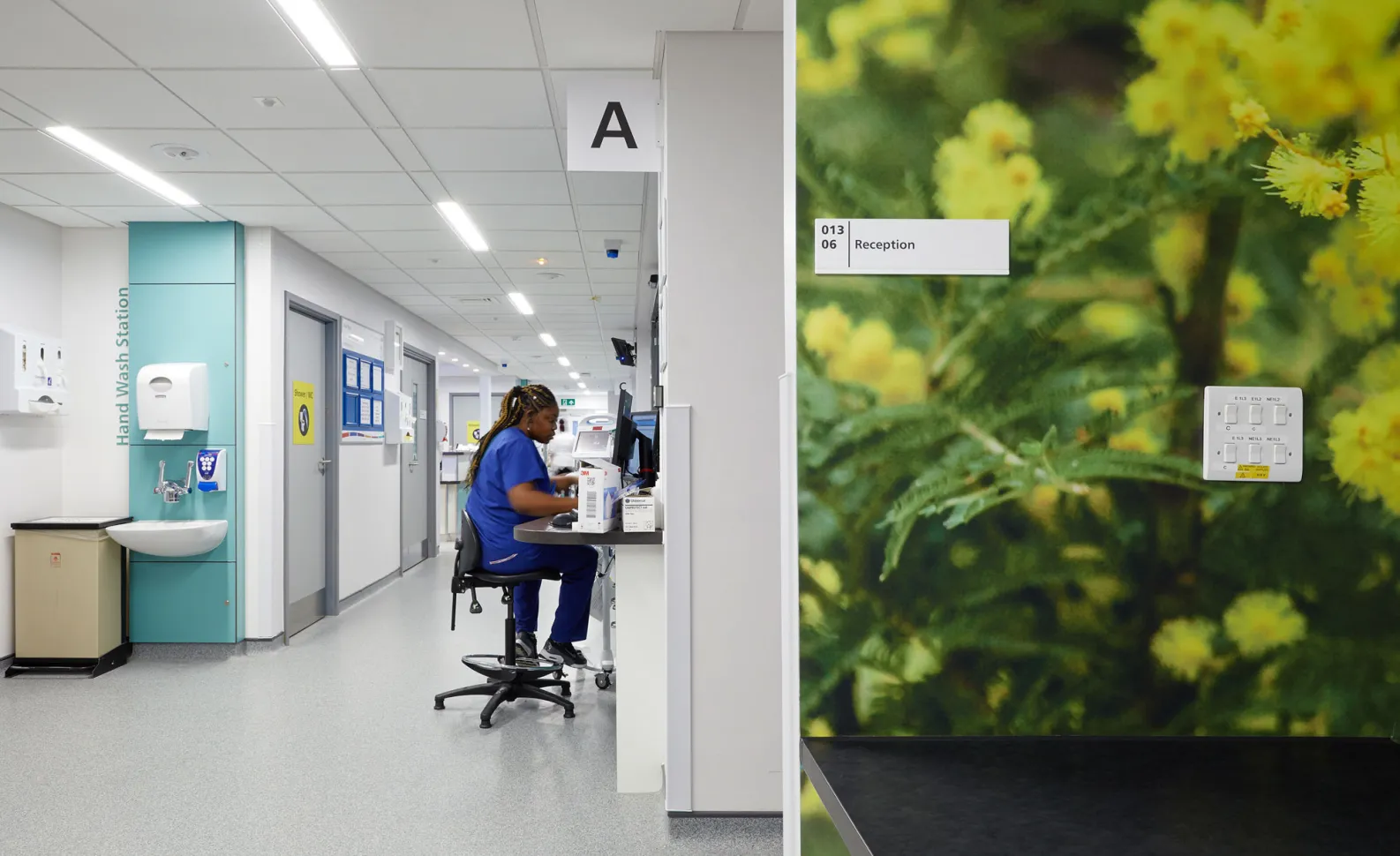Insight
Confusing corridors, wasted space, and service bottlenecks? It’s time to reimagine your healthcare estate
9 Oct 2025

Devika Parmar
Director
The government's 10-year health plan underlined what we have long known: we need to do more with less. Despite digital innovations and efforts to deliver more care in community settings, the NHS continues to shoulder a huge burden. Last year alone, the cost of running it stood at £13.6 billion.
However, we still see an opportunity. Well-designed, well-managed estates can transform both staff and patient experience, and as architects, we can help you see your estate differently, identifying where space is wasted, where layouts hinder rather than help, and where bottlenecks can be released.
Estate optimisation
One of the biggest inefficiencies in the NHS estate lies in underutilised or redundant spaces. Empty wards, outdated facilities, and duplicated services spread across multiple sites create unnecessary costs and missed opportunities for care.
According to the Estate Optimisation Guide, nearly nine in 10 NHS leaders have low to medium awareness of how their estates are being used. This makes it difficult to align estate strategy with patient needs or justify decisions about consolidation.
So, where should you start?
Assess
Begin with a comprehensive review. What buildings do you have? How are they currently being used, and what condition are they in?
Understand
Once you know the ‘what’, we can dig into the ‘why’. Why are certain areas underused? Is it location, layout, or service planning? Are staff workflows being supported or hindered by the current set-up?
Optimise
The final step is to optimise your estate. This might mean consolidating services into fewer, more efficient sites, reconfiguring layouts or converting empty space into flexible areas that adapt to demand.
Next Steps
Optimisation is an ongoing process that needs to evolve with shifting patient needs and service delivery models.
We work with NHS estates teams to bring insights, analysis and design expertise together. We can help you test different scenarios, visualise new layouts, and provide a clear roadmap for change.
That leads directly to the next piece of the puzzle: space utilisation. While estate optimisation looks at your estate on a strategic level, space utilisation digs deeper into how those spaces are used day to day. Both are essential and require regular review.
Space utilisation
Patients’ first impressions of healthcare services are formed by their surroundings. Long walks through confusing corridors, crowded waiting areas, or spaces that feel outdated can negatively impact their experience.
Good design addresses this in several ways:
- Wayfinding – clear, intuitive routes supported by signage and logical layouts reduce stress and confusion.
- Accessibility – Lifts, corridors, and waiting areas should cater for all patients.
- Privacy and dignity – patients expect spaces that respect their confidentiality and comfort.
- Safety – environments must reduce infection risks and minimise accidents.
If you’d like to explore how your estate could better serve patients, families, and staff, get in touch, our team is ready to help you take the next step
Healthcare
We have worked with more than 50 NHS trusts, charities and private organisations providing healthcare services on the full range of projects.
